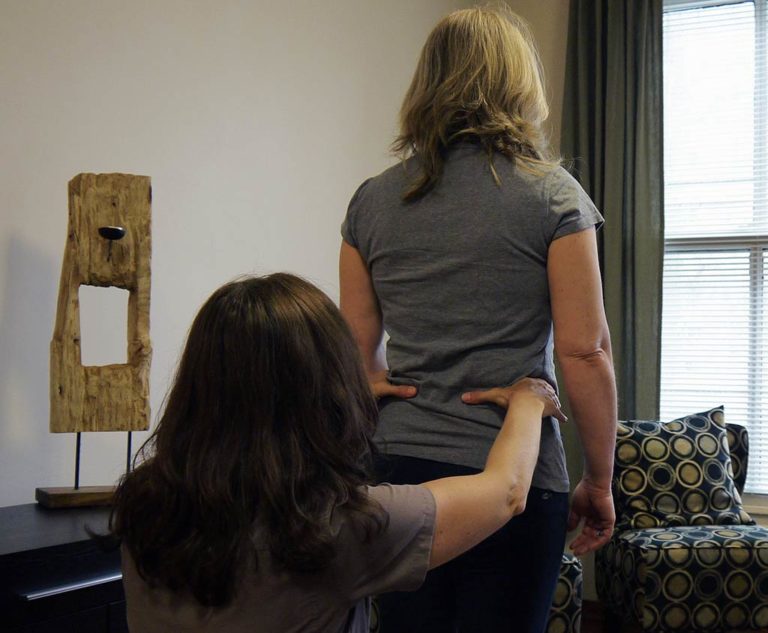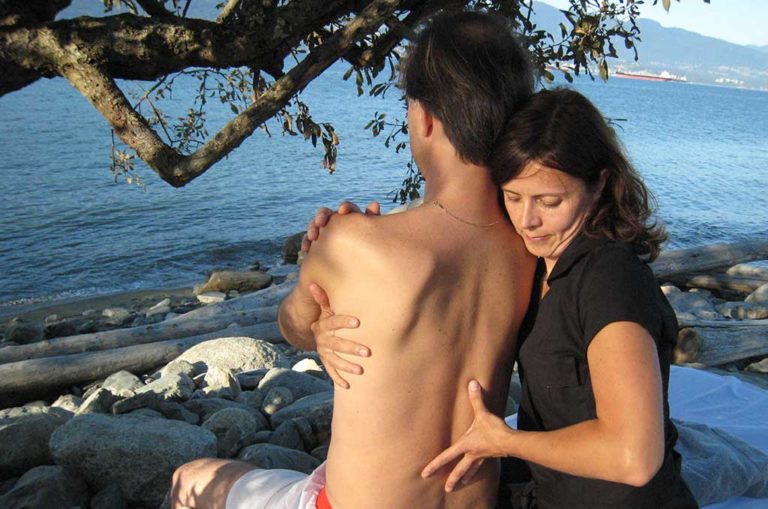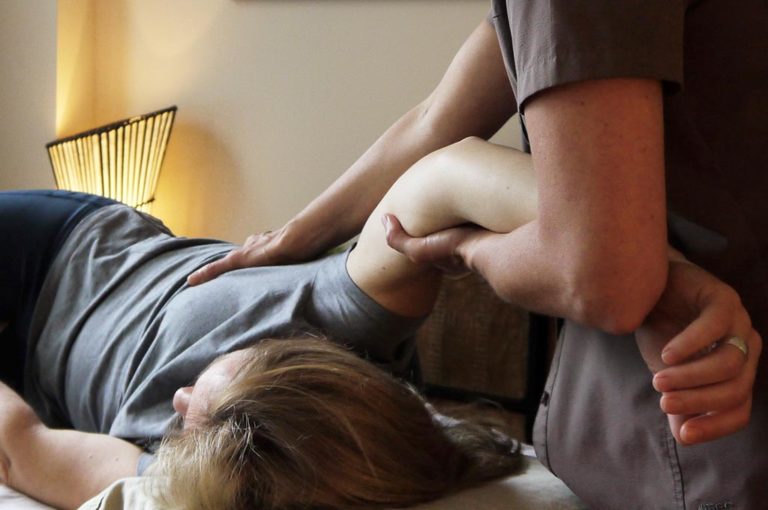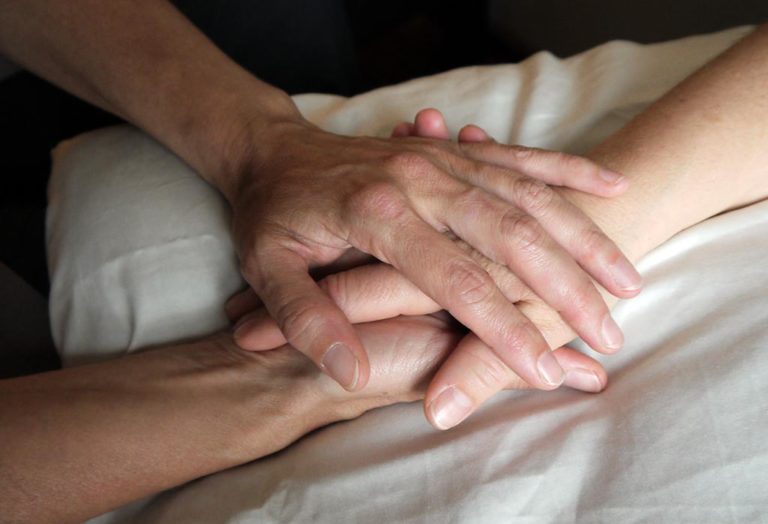Rodiera's Osteopathy Victoria FAQs
Do I need a medical referral to get a treatment at Rodiera Osteopathy Victoria?

What can I expect at the first treatment?
In Osteopathy, the practitioner assesses your current state by discussing your past and recent experience regarding the various body systems that you may be experiencing, to get a better understanding of your needs. A clinical assessment is then conducted relating to your posture. Based on these evaluations, the practitioner chooses the appropriate hands-on techniques to facilitate recovery and restore balance.
In Thetahealing, the practitioner discusses your core belief systems that may restrict you in your daily life. After the practitioner uses the muscle test to check the different statements they can then proceed with core belief retraining to make any necessary change prior to retesting.
What clothing should I wear for my treatment?
Casual, comfortable clothing like yoga or sportswear is recommended for your Osteopathy treatment, this helps to facilitate the hands-on technique without being restricted by clothing.
There are no specific clothing requirements for Thetahealing.
What will I experience after my first treatment?
Following your initial Osteopathy treatment, your body will be in a process of readjustment for the next 3-4 days. For this reason, it is recommended to avoid any intense interventions or activities during this period.
Each client is different and will have a different experience, it really depends on the individual, the imbalance as well as the treatment you receive.
- Some may feel the benefits of the treatment right away which would indicate that your body revealed the primary cause of your imbalance.
- There is also the opposite effect where you may feel worse and experience more symptoms or new ones within 3-4 days of the recovery process. This indicates that your body is liberating the tensions or toxins stored. After 4 days, the symptoms should become less intense, as your body is healing and rebalancing. If the intensity of the symptoms persists after 5 days, you need to contact your Osteopathic practitioner as soon as possible, as your body is not able to find it’s balance on its own and an additional treatment is required to facilitate it.
- You could also feel as if nothing has changed. This is just an impression. If this is your experience it is important to look specifically for changes in intensity or the frequency of the symptoms that were originally present prior to your treatment. Your body will require more work to find the primary cause of your symptoms and restore balance.
In Thetahealing, you can experience an immediate shift in your core beliefs or you could experience it gradually. You can identify this change in your daily life by observing your behaviors and-or reactions or it may be as simple as a change in your perception or the way you are thinking.
Is it normal not to feel anything in my body during the treatment?
Some Osteopathic hands-on techniques are so subtle, that is normal not to feel the body change during the first treatment. But with the time, you will be able to feel the release of the different structures and the adjustment. The more your body is in balance, the more sensitive you will be to subtle changes even during the treatment.
During the core belief retraining in the Thetahealing treatment, your task is to observe any changes in your body during the process. It could physical, visual or emotional.

How many treatments do I require before I feel the benefits and relieve the symptoms?
For a chronic health issue, where physical symptoms have last more than 6 months. It is recommended to have 3 or 4 Osteopathic treatments before reevaluating your progress and determining the effectiveness of the treatments.
- Osteopathy works on a deep level to find the primary cause of symptoms. This can take time but the results are more permanent, always taking into account the health issue. Just 1 hour of Osteopathy treatment is not effective to heal a chronic health issue.
- You can feel an immediate change after each Thetahealing treatment. As the practitioner and you identify and delve deeper into your core negative subconscious beliefs the deeper you will feel the shift and impact of the treatment.
You also need to be involved in the treatment and follow the recommendations at home to change some postural habits or negative patterns that have altered your health. You will need to manage your stress level, be open and cognisant of the effects of your lifestyle choices on your body as well as being mindful to make the necessary changes for your well being.

Do I need to see a practitioner only when I have pain?
No, you do not need to feel any pain to have an Osteopathy or Thetahealing treatment. Unfortunately, the average person waits until he or she is suffering from pain, an indication that damage has already occurred before they seek treatment. The symptoms you experience is the body’s way you of telling you that it is no longer able to compensate to keep you in balance.
Every day, your body is exposed to different stresses and it tries to adapt to maintain balance. When this is not possible, the symptoms make their appearance, sometimes many years later. This is why recovery can often take some time and is complex. Osteopathy is a good way of maintaining a healthy balance in your body similar to the maintenance that you would do for your car to keep it running efficiently.
What does D.O. and D.O.M.P. after the practitioner name stand for?
Contrary to a common misconception shared by some insurance companies, the letters D.O. do not mean Doctor in Osteopathy, but Diploma in Osteopathy.
This means that the practitioner has completed the training requirements to practice. The letters D.O.M.P. mean Diploma in Osteopathy Manual Practice, and is as distinction from the American osteopathy practice.
What is the difference between an osteopath and a practitioner in osteopathy?
In BC and some other provinces in Canada there is a government restriction on the use of the title “osteopath”. In BC, this title is now reserved for doctors who have completed their medical osteopathy training in the USA.
In other Canadian provinces that do not have this restriction, practitioners can use the title of osteopath if they have all the qualifications and diploma, but they need to use “Osteopathy practitioner” if they want to practice in BC. The letters D.O. or D.O.M.P. after the name determine whether this practitioner has the qualifications and diploma in Osteopathy.

Is osteopathy covered by MSP or private insurance companies?
Unfortunately, the BC MSP coverage does not include Osteopathy, although various private insurance companies do provide coverage. Many people still do not know about osteopathy, so they may not be aware that this coverage is included in their insurance.
Osteopathy is fairly new in BC, so as more people request coverage in their plans, the easier it will be to get coverage with time. In Eastern Canada, Osteopathy is very popular and people do not have the same difficulties getting reimbursed. Most plans cover osteopathy at the same level as for chiropractic or physiotherapy treatment.

